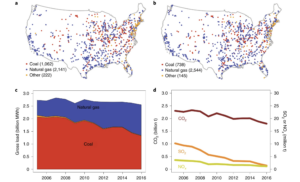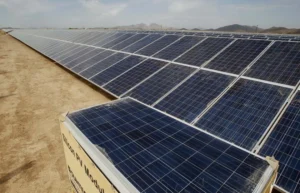We trace the increasing scope and stringency of China’s high-level climate pledges, and the primary institutions to meet them — mostly, planning targets and command & control. These efforts are not going to be abandoned with neutrality but will be modified with new policies. In particular, market reforms — thru new ETS and broader but no less significant energy sector reforms — hold appeal for their potential to reduce costs. Though, barriers remain: interactions and incomplete complementary reforms. We conclude that policies should create powerful beneficiaries that provide durable support for further ratcheting–something that markets alone will probably not do. Instead, once there is broad participation, we may see greater market roles in sustaining low-cost mitigation.

Policies and Institutions to Support Carbon Neutrality in China by 2060
- Post author:sdgpi
- Post published:Sep 3, 2021
- Post category:Research / SDG 13 / Sustainable Development Goals




